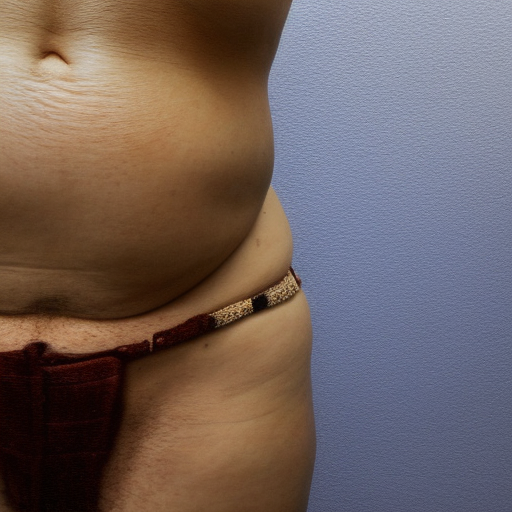The cultural and societal attitudes towards scars and how they have changed
You’re at a beach and you see someone with a large scar running down their arm. You can’t help but stare and wonder how they got it. As you continue to observe, you start to notice that people around you are either staring or trying not to stare at the scar. You start to wonder, why do we have such a fascination with scars? And why do some people feel self-conscious about them while others embrace them as a part of their identity?
“The cultural and societal attitudes towards scars and how they have changed” is a topic that has captivated people for centuries. In this blog post, we’ll delve into the history of scars and how our attitudes towards them have evolved over time. We’ll also explore the various cultural and societal factors that have influenced our perception of scars and discuss why some people choose to hide their scars while others flaunt them with pride.
The history of scars
Scars have been a part of the human experience for as long as we have existed. In ancient societies, scars were often seen as a sign of strength and courage. Warriors would proudly display their battle scars as a testament to their bravery and prowess in battle.
In some cultures, scars were also used as a form of identification. For example, the Mursi people of Ethiopia would cut patterns into their skin as a way of marking their tribal identity. Similarly, the Maori people of New Zealand would carve intricate patterns, known as “moko,” into their faces as a sign of social status and cultural identity.
As human societies evolved, so too did our attitudes towards scars. In more recent times, scars have often been viewed as a source of shame or embarrassment. People with visible scars were often ostracized or discriminated against, and those who wanted to fit in with societal norms would go to great lengths to conceal their scars.
The cultural and societal factors that shape our attitudes towards scars
So, what has caused these shifts in our attitudes towards scars over time? One factor is the changing standards of beauty. In many Western societies, a smooth, blemish-free appearance is often seen as a sign of beauty and attractiveness. This pressure to conform to certain standards of appearance can lead people to feel self-conscious or ashamed of their scars, especially if they are prominent or visible.
Another factor is the way that scars are depicted in the media. In movies and TV shows, scars are often associated with violence or trauma and are used to convey a character’s toughness or vulnerability. This representation of scars can reinforce the idea that they are something to be feared or pitied, rather than celebrated.
Additionally, the medical field has played a role in shaping our attitudes towards scars. In the past, scars were often seen as a sign of poor medical care or an indication that a person’s body was not healing properly. However, advances in medical technology have led to the development of new treatments that can minimize the appearance of scars. This has helped to shift the perception of scars from being a source of shame to something that can be managed or even corrected.
The changing attitudes towards scars
Despite these cultural and societal factors, attitudes towards scars are beginning to shift once again. In recent years, there has been a growing movement towards body positivity and self-acceptance. This has led to a more accepting and inclusive view of scars, and many people are now embracing their scars as a part of their identity.
One example of this shift can be seen in the rise of the “scar positivity” movement. This movement celebrates scars as a natural and normal part of the human experience and encourages people to embrace their scars as a source of pride. There are even events, such as the Scar Project, that aim to change the way that people view scars by sharing stories and photos of people with scars.
In addition to the scar positivity movement, there has also been a rise in the popularity of “scarification,” a form of body modification in which patterns or designs are intentionally scarred into the skin. This practice, which has roots in various cultural traditions, has gained popularity as a way for people to reclaim their scars and use them as a form of self-expression.
Embracing your scars
So, what can we learn from the changing attitudes towards scars? Ultimately, it’s important to remember that scars are a natural and normal part of the human experience. Whether they are the result of injury, surgery, or a genetic condition, scars are a testament to the strength and resilience of the human body.
If you have scars that you feel self-conscious about, it’s important to remember that you are not alone. Millions of people have scars, and each one has its own unique story. Instead of trying to hide your scars or feel ashamed of them, try embracing them as a part of who you are. You might be surprised at how empowering it can be to own your scars and celebrate them as a part of your journey.
In conclusion, “The cultural and societal attitudes towards scars and how they have changed” is a topic that has captivated people for centuries. From being a source of strength and courage in ancient societies, to being seen as a source of shame in more recent times, our attitudes towards scars have evolved significantly. However, with the rise of the body positivity movement and the acceptance of scars as a form of self-expression, it seems that our attitudes are shifting once again. So next time you see someone with a scar, try to remember that it is just a small part of their story and something to be celebrated, rather than something to be feared or pitied.





